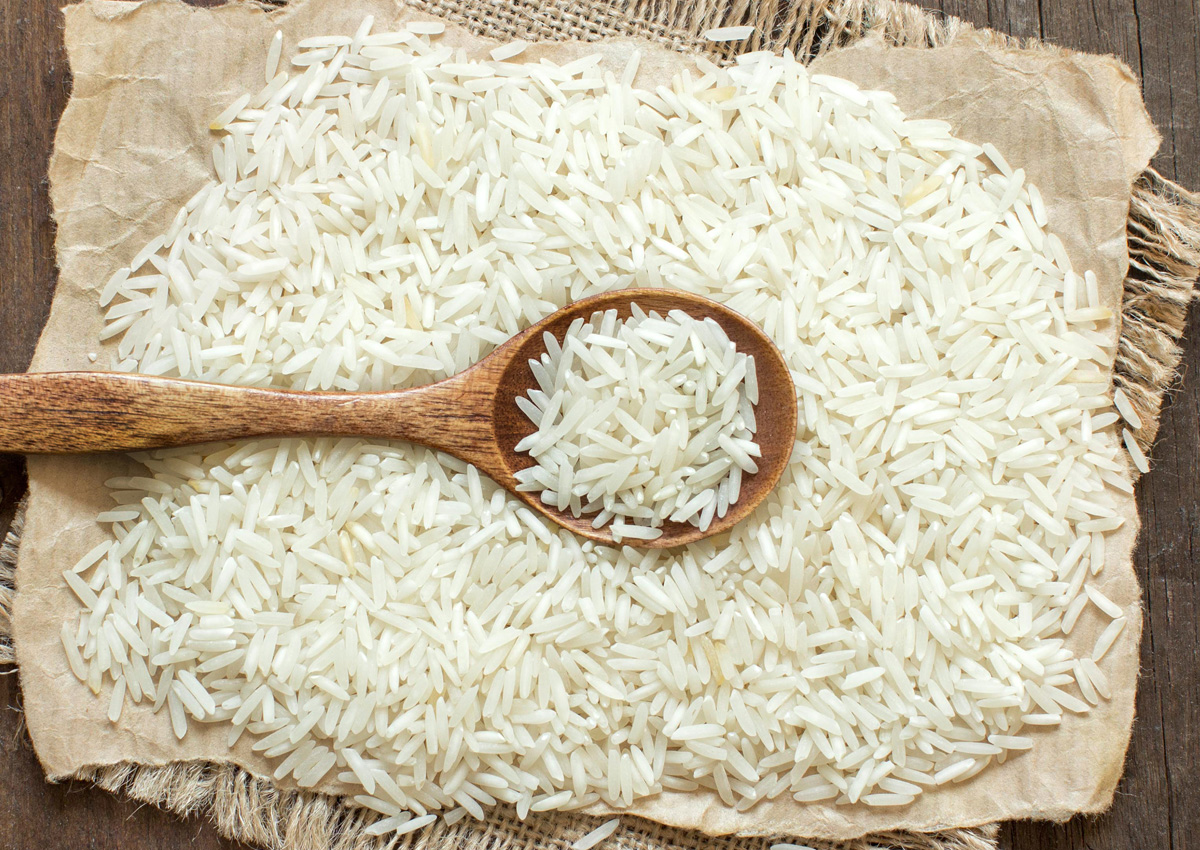
Genomes of Basmati Rice Sequenced
February 12, 2020| |
Researchers at New York University Center for Genomics and Systems Biology have sequenced the genomes of two basmati rice varieties. The researchers focused on two basmati rice varieties: Basmati 334 from Pakistan, known to be drought tolerant and resistant to bacterial blight, and Dom Sufid from Iran, an aromatic long-grain rice that is one of the most expensive on the market.
Basmati is an aromatic long-grain rice grown in southern Asia. Despite its economic and cultural importance, their evolutionary history is not fully understood. Using nanopore sequencing technology, the researchers confirmed that basmati rice is a hybrid of two other rice groups. Sequencing revealed that most genetic material in basmati comes from japonica (a rice group found in East Asia), followed by the rice group aus (found in Bangladesh).
The researchers now aim to work with breeding groups to identify important genes, see what makes basmati rice unique, and even develop molecular markers to help breed new varieties. "By having the sequence of rice varieties like Basmati 334, which can withstand drought conditions and resist bacterial blight, we can start to identify genes that give rise to these valuable traits," said Michael Purugganan, the Silver Professor of Biology at NYU and the study's senior author.
For more details, read the NYU news release or the paper in Genome Biology.
| |
You might also like:
- Bacterial Blight Resistant Rice Developed thru Genome Editing
- Rice Plants Engineered for Better Photosynthesis Make More Rice
- Genetically Modified Rice Can Neutralize HIV
Biotech Updates is a weekly newsletter of ISAAA, a not-for-profit organization. It is distributed for free to over 22,000 subscribers worldwide to inform them about the key developments in biosciences, especially in biotechnology. Your support will help us in our mission to feed the world with knowledge. You can help by donating as little as $10.
-
See more articles:
-
News from Around the World
- Redundant Food Labels Affect Consumers' Willingness to Pay
- Genomes of Basmati Rice Sequenced
- Scientists Unravel Mystery of Photosynthesis
- Innovation Study Demonstrates Financial Benefits of HT Canola in Canada
- Colombia Benefits Economically and Environmentally from 15 Years of Planting GM Crops
- Australian OGTR Seeks Comment on GM Blue Carnations
- Scientists Discover Gene that Improves Yield and Fertilizer Use Efficiency of Rice
-
Research Highlights
- Selective Gene Silencing Leads to Ultra-low Gossypol Cottonseed
- Golden Rice is Safe, Studies Show
-
Plant
- Enzyme Engineering Boosts Super-precise CRISPR Tool
-
Read the latest: - Biotech Updates (December 17, 2025)
- Gene Editing Supplement (December 17, 2025)
- Gene Drive Supplement (February 22, 2023)
-
Subscribe to BU: - Share
- Tweet

